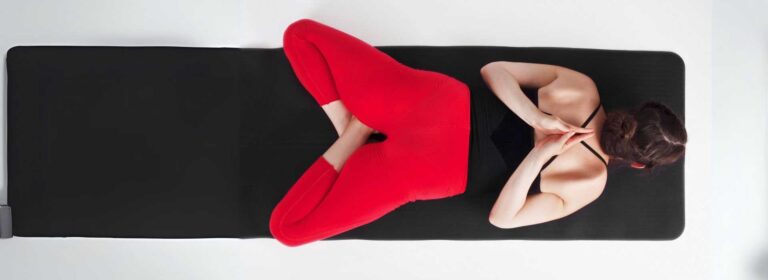Yoga Practice Name
Gupta Padmasana (गुप्त पद्मासन)


Gupta Padmasana (गुप्त पद्मासन)
Hidden Lotus Pose
"Gupta" means hidden or secret, and "Padmasana" means lotus pose. In this variation, the practitioner assumes Padmasana (Lotus Pose) and then lowers the body forward into a prone position, with the hands placed under the body or alongside.
This asana is considered to promote inner focus, subtle energy balance, and calmness.
1.Padmasana, 2.Yoga Mudrasana, 3.Balasana, 4.Shashankasana, 5.Baddha Padmasana